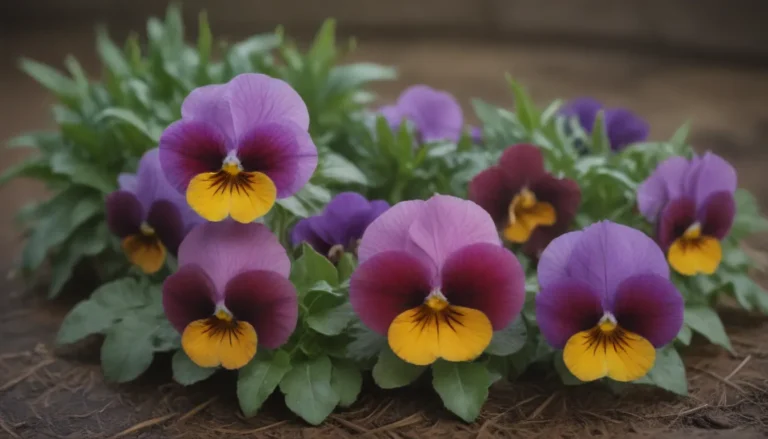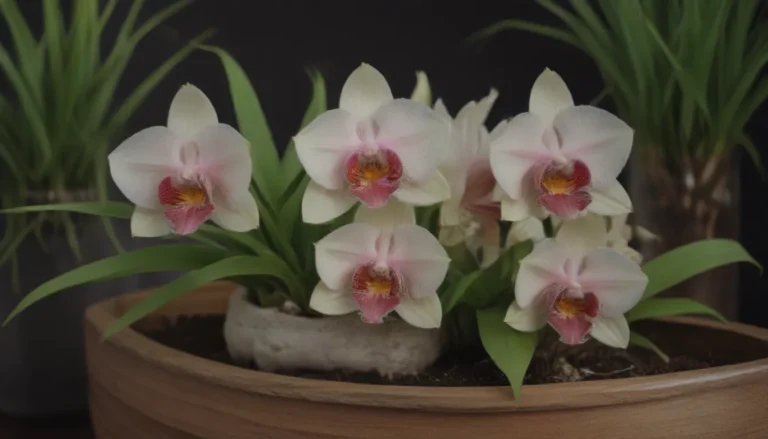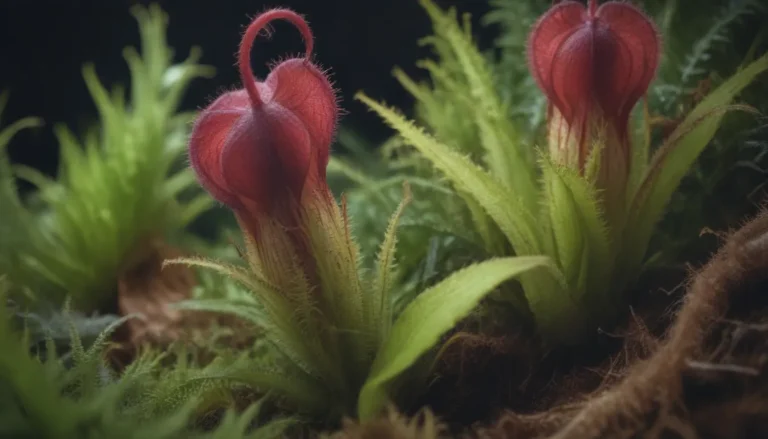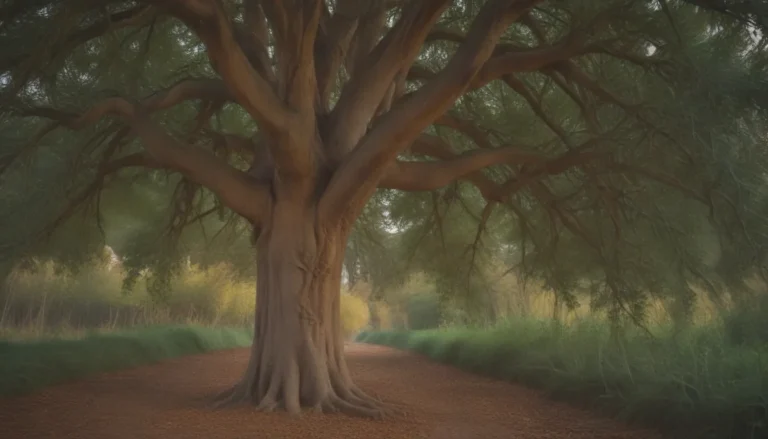Ultimate Guide to Growing and Caring for Black-Eyed Susans
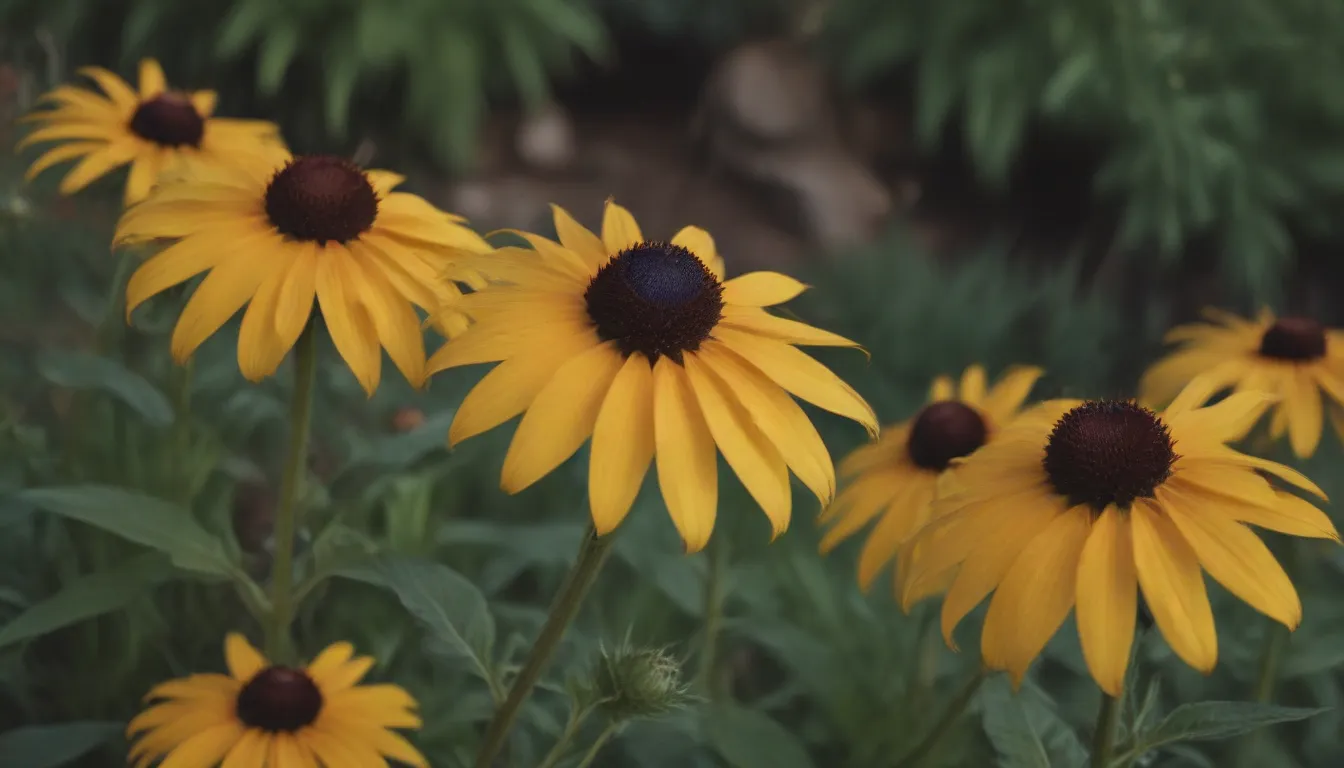
Are you looking to add a burst of vibrant color to your garden while attracting beneficial pollinators like bumblebees and butterflies? Look no further than the delightful black-eyed Susan (Rudbeckia hirta). This easy-care wildflower, native to the central United States, is a garden favorite with its cheery yellow petals and dark center disks. Let’s dive into the world of black-eyed Susans and explore everything you need to know to grow and care for these beautiful blooms in your garden.
The Beauty of Black-Eyed Susans
One of the main attractions of black-eyed Susans is their ability to self-seed, making them a fantastic choice for creating abundant wildflower gardens. These perennial plants can be planted after the last frost in spring and will start blooming in their first summer, although it may take a couple of years for them to reach their full height. Once established, black-eyed Susans are drought-resistant and require minimal maintenance.
Black-Eyed Susan Care
To ensure your black-eyed Susans thrive, here are some essential care tips to keep in mind:
- Light: Black-eyed Susans prefer full sun but can also tolerate partial shade.
- Soil: They are not picky about soil types but thrive in well-drained soil with a pH around 6.8.
- Water: Keep the plants well-watered during their first season to help them establish. Once established, they are drought-resistant.
- Temperature and Humidity: These tough summer performers prefer warmer temperatures and can handle both drought and humidity. Good air circulation is essential to prevent powdery mildew.
- Fertilizer: Black-eyed Susans do well in poor, infertile soil. A side dressing of compost should provide them with all the nutrients they need.
Types of Black-Eyed Susan
The Rudbeckia genus offers a wide variety of black-eyed Susan species, each with its unique characteristics. Some popular varieties include:
- Rudbeckia hirta ‘Becky’
- Rudbeckia hirta ‘Maya’
- Rudbeckia hirta ‘Cherry Brandy’
- Rudbeckia fulgida ‘Goldsturm’
- Rudbeckia laciniata
- Rudbeckia hirta ‘Autumn Sun’
- Rudbeckia hirta ‘Prairie Sun’
- Rudbeckia hirta ‘Indian Summer’
- Rudbeckia hirta ‘Toto Rustic’
Pruning and Maintenance
Black-eyed Susans are low-maintenance plants that naturalize well and require minimal pruning. Regular deadheading of faded flowers will help prolong the blooming period. Letting some flowers form seed heads can also attract birds to your garden. These versatile plants also make excellent cut flowers, with their seed heads adding a unique touch to floral arrangements.
Propagating Black-Eyed Susans
If your black-eyed Susans form dense clumps, you can divide them for propagation in early spring or autumn. Additionally, these plants self-seed easily, so you may find new seedlings popping up in your garden each year.
Growing Black-Eyed Susans from Seed
For gardeners looking to get a head start on the growing season, black-eyed Susans can be started indoors from seed about 10 weeks before the last expected frost. They can also be directly seeded in the garden once daytime temperatures remain consistently around 70 degrees. Here are some tips for growing them from seed:
- Indoor Seed Starting: Start seeds indoors in pots for an early start.
- Direct Seeding: Sow seeds directly in the garden once the weather warms up.
Dealing with Pests and Diseases
Black-eyed Susans are generally hardy plants with few pest and disease problems. However, they may occasionally face issues with aphids, spider mites, and fungal diseases like septoria. Providing good air circulation and removing infected leaves can help prevent these problems.
Maximizing Blooms
To encourage abundant blooms from your black-eyed Susans, ensure they receive plenty of sunlight. Pruning any shading trees or shrubs can help improve blooming. Avoid excess nitrogen fertilizer, as it can result in lush foliage but limited flowering. Choosing a fertilizer high in phosphorus can help boost blooming.
Common Problems and Solutions
- Powdery Mildew: Plant in full sun and provide good air circulation to minimize powdery mildew.
- Companion Planting: Pair black-eyed Susans with blue and purple flowers like Russian sage and Veronica for a stunning garden display.
- Winter Care: While black-eyed Susans are winter-hardy, cutting back stalks in the fall and mulching can help protect them from harsh winter conditions.
Final Thoughts
Black-eyed Susans are versatile, easy-to-grow plants that add a splash of color and attract pollinators to your garden. By following these care tips and guidelines, you can enjoy a beautiful display of these charming wildflowers in your outdoor space. Whether you’re a seasoned gardener or new to gardening, black-eyed Susans are a fantastic addition to any landscape.
So, are you ready to cultivate your own colorful patch of black-eyed Susans? Dive in and watch your garden come to life with these delightful blooms!


